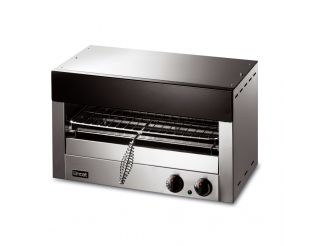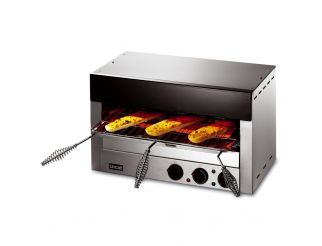Whether you're cooking burgers, steaks, or vegetables, our commercial infrared grills will help you get the job done quickly and efficiently.
These state-of-the-art commercial grills use infrared technology to provide fast and even heating, allowing you to cook your food to perfection every time. Distributed evenly heat will give you the perfect result every time.
Our range includes top-of-the-line models from Lincat, known for their durable and reliable kitchen equipment.
Frequently Asked Questions About Infrared Grills
What is special about an infrared grill?
An infrared grill utilises infrared technology through an emitter plate to provide high and consistent heat distribution, resulting in faster cooking times and juicier, more flavourful food. Its unique cooking method sears food quickly, locking in moisture and flavour while minimising flare-ups. This technology also helps to achieve precise temperature control, allowing for efficient cooking of various types of food. Overall, an infrared grill offers faster cooking, superior heat retention, improved hot air, and excellent flavour enhancement compared to traditional grills.
Do infrared grills flare up?
Infrared grills have reduced flare-ups compared to something like a conventional grill or an open flame because they use infrared technology to distribute heat evenly, minimising the chances of fat dripping and igniting - resulting in a more controlled cooking process.
Should the lid be open or closed on an infrared grill?
For optimal performance, the lid of an infrared grill should typically be closed during cooking. This helps to retain heat, promote even cooking, and ensure that the emitter plate efficiently cooks the food from all sides.
What is the difference between an infrared grill and a propane grill?
The main difference lies in their heating mechanisms. Infrared grills use an infrared emitter plate to directly heat the food, resulting in faster and more even cooking. A gas grill, on the other hand, uses propane gas as a fuel source to heat metal grates indirectly, cooking the food through convection and conduction.

 Price Promise
Price Promise Free shipping
Free shipping Warranty
Warranty Contact Us
Contact Us

